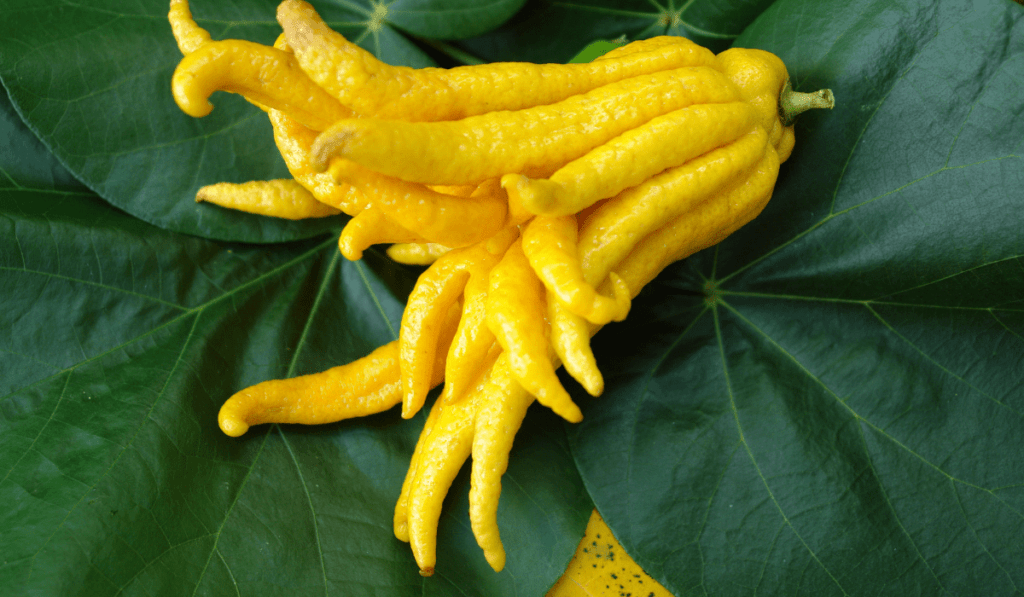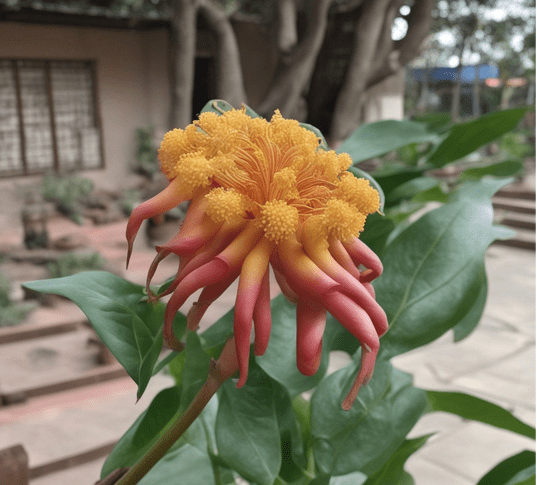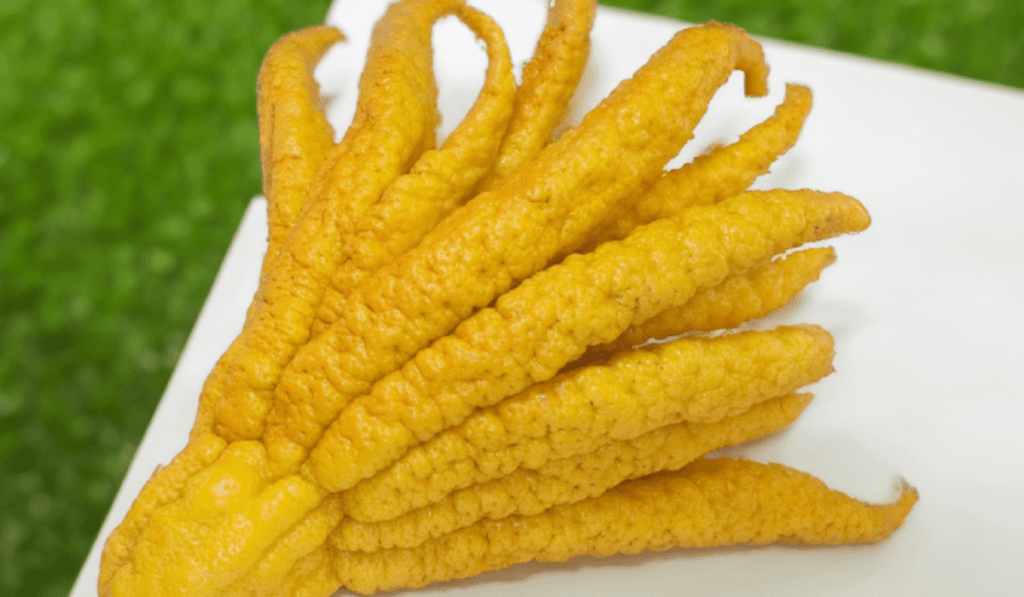Buddha’s Hand fruit trees may not have as extensive a range of varieties as some other citrus species, but they offer a captivating array of forms and uses within their limited diversity.
Buddha’s Hand, scientifically known as Citrus medica var. sarcodactylis, is a unique and fascinating citrus fruit known for its unusual appearance and delightful fragrance. In this exploration, we’ll delve into the different varieties and cultivars of Buddha’s Hand fruit trees, shedding light on their distinct characteristics and uses.
The Citrus Medica Family
The Citrus medica type, also known as citron, includes different fruit kinds. Buddha’s Hand is one fascinating part of it. From India & China, citron has a deep cultivation and use history across diverse cultures.
Varieties of Buddha’s Hand Fruit Trees
Buddha’s Hand (Citrus medica var. sarcodactylis)
The Buddha’s Hand, a unique form of Citrus medica var. sarcodactylis, is easy to spot with its many finger-shaped parts coming from a center area. This kind has a strong smell like a lemon. It’s usually not eaten as a full piece of fruit, because it doesn’t have much pulp. But it’s great for adding zest to cooking. The zest can be added to meals, sweets, and drinks.
Fingered Buddha’s Hand (Citrus medica var. sarcodactylis ‘Fingered’)
The fingered variety of Buddha’s Hand is characterized by an even greater number of finger-like segments, giving it a more intricate appearance. Its aroma is equally potent, making it a popular choice for aromatic purposes. Like the standard variety, the fingered Buddha’s Hand is used primarily for zesting and garnishing in the culinary world.
Mini Buddha’s Hand (Citrus medica var. sarcodactylis ‘Minima’)
The complex appearance of the Buddha’s Hand, with its numerous segments, might seem intricate at first glance. However, its potent fragrance lends it ideal for infusing dishes with aromatic allure. This unique fruit, much like the original Buddha’s Hand, is primarily utilized in cooking to add a touch of zest and flair to various culinary creations.
Variegated Buddha’s Hand (Citrus medica var. sarcodactylis ‘Variegata’)
The variegated variety of Buddha’s Hand is renowned for its striking foliage, featuring vibrant yellow and green patterns on its leaves. While it shares the same aromatic characteristics as the standard variety, its main attraction lies in its ornamental value. Gardeners often cultivate variegated Buddha’s Hand for its captivating appearance, which adds a touch of exotic beauty to landscapes.
Dwarf Buddha’s Hand (Citrus medica var. sarcodactylis ‘Nana’)
The dwarf variety of Buddha’s Hand is well-suited for container gardening and limited outdoor spaces. Its compact size makes it an excellent choice for those seeking to grow this unique citrus tree in confined areas. While it retains the same delightful fragrance as its larger counterparts, its smaller stature allows for versatile placement and cultivation.
Cultivation and Care
Cultivating Buddha’s Hand fruit trees requires attention to their specific needs. These trees thrive in well-drained soil, abundant sunlight, and regular watering. Pruning can help maintain their shape and size while encouraging healthy growth.
Culinary Uses
Despite its unique appearance, Buddha’s Hand fruit is not typically consumed as a whole fruit due to its lack of pulp. However, it serves as an exceptional source of zest, lending its intense lemony fragrance to various culinary creations. From flavoring dishes and desserts to infusing beverages and spirits, the zest of Buddha’s Hand adds a delightful twist to culinary adventures.
Conclusion
In conclusion, the array of Buddha’s Hand fruit trees presents a rich diversity of types and applications within their confined habitat. Whether one desires a fragrant inclusion in their garden, an extraordinary source of tang for culinary pleasures, or an eye-catching citrus tree purely for ornamental reasons – the variants of Buddha’s Hand deliver a unique offering. Welcome the charm of these distinctive citrus trees and relish in their fragrant essence enriching your daily life.
Can I grow Buddha’s Hand fruit trees indoors?
Yes, the mini and dwarf varieties of Buddha’s Hand are well-suited for indoor cultivation, provided they receive adequate sunlight.
Are there any specific soil requirements for growing Buddha’s Hand trees?
Buddha’s Hand trees thrive in well-drained soil with good aeration. A slightly acidic to neutral pH range is ideal for their growth.
Can I use Buddha’s Hand zest in both sweet and savory dishes?
Absolutely! Buddha’s Hand zest is versatile and can enhance the flavor of both sweet desserts and savory dishes, as well as cocktails.
How do I maintain the ornamental value of the variegated Buddha’s Hand tree?
Regular pruning and providing it with proper sunlight will help maintain the variegated foliage’s vibrancy and ornamental appeal.



